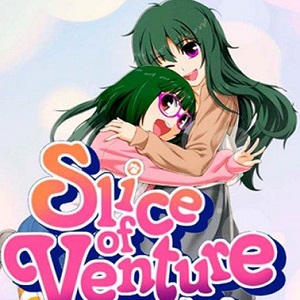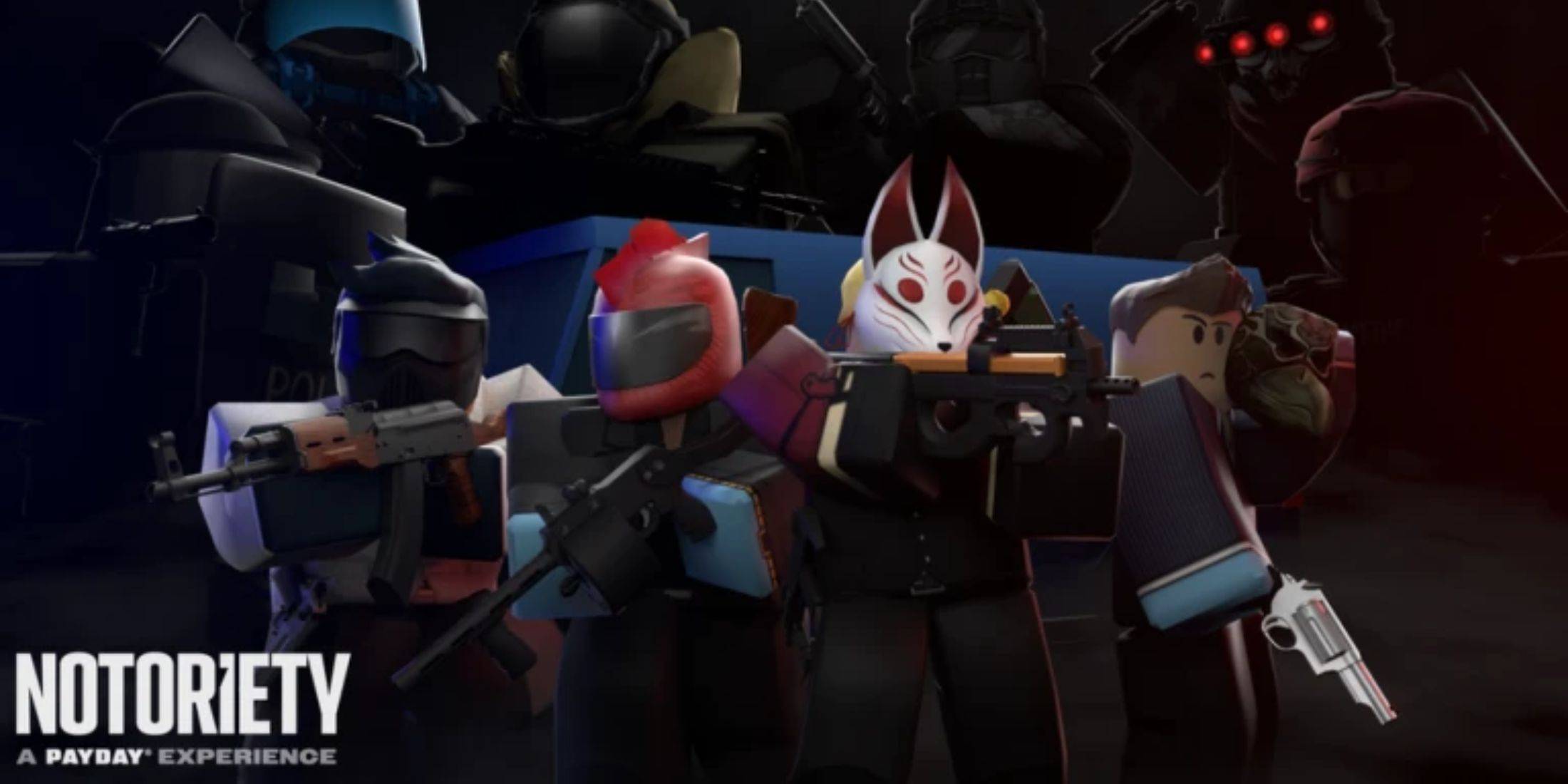Unveiling Meta-Horror Games: A Unique Twist in Gaming
Exploring the Evolving Landscape of Meta-Horror Games
The horror genre in gaming is constantly evolving. Developers constantly seek new ways to generate tension and fear, but familiar mechanics often become predictable. The success of a horror game hinges on its design, narrative, and storyline. While truly innovative titles are rare, some stand out as exceptional examples of a specific subgenre: meta-horror.
Instead of coining a new term, we'll use the established "meta-horror" to describe games that break the fourth wall, directly interacting with the player beyond the game's fictional world and characters. This interaction elevates the gaming experience to a new level. If you've played (or watched playthroughs of) the games discussed below, you'll likely understand the sense of intrigue and astonishment they evoke.
Early Examples and Beyond
One of the earliest examples of this fourth-wall breaking is Psycho Mantis from Metal Gear Solid. His ability to seemingly access the player's console and game data, even asking the player to put down their controller, was revolutionary in 1998. Hideo Kojima's innovative use of the DualShock controller heightened the tension and immersion.
Subsequent games, such as Deadpool, Detroit: Become Human, and Nier: Automata, have utilized similar techniques, often focusing on direct player address. However, unless the interaction is integral to the game's core mechanics and surprises the player, breaking the fourth wall often remains a superficial element.
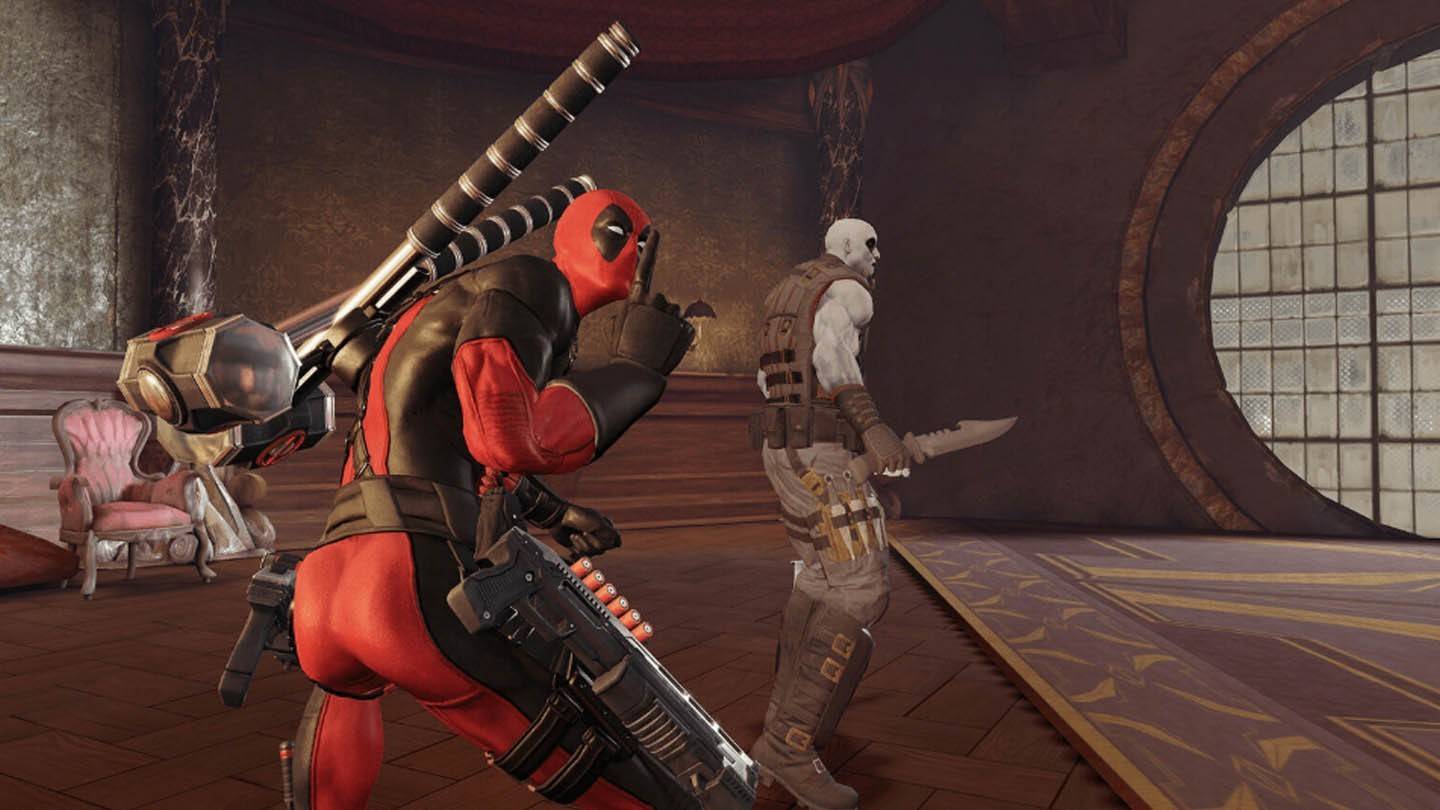
Notable Meta-Horror Games
Let's delve into some standout meta-horror games:
Doki Doki Literature Club!
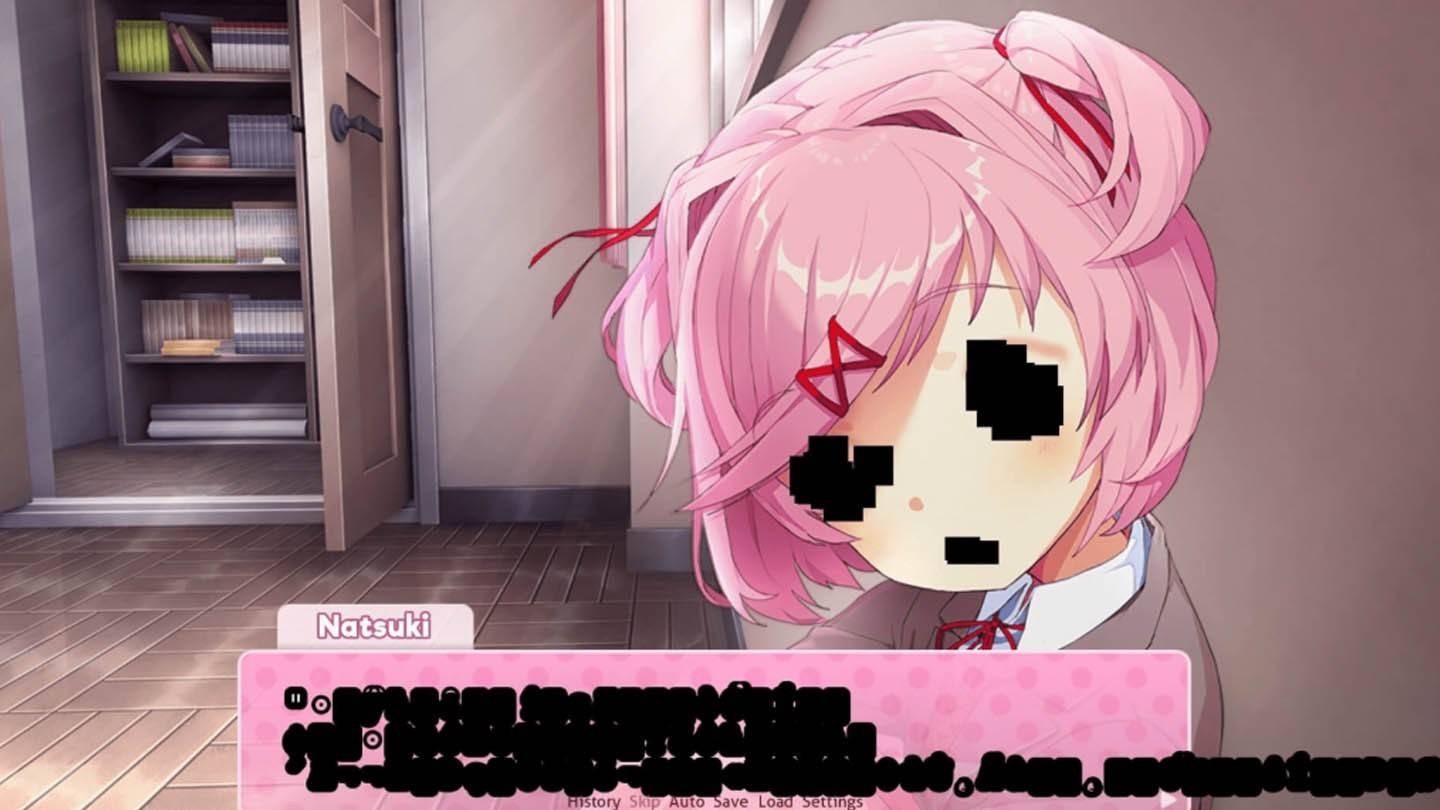
This 2017 visual novel initially presents as a lighthearted romantic comedy, but it takes a decidedly dark turn. The meta-horror elements extend beyond simple address; the game interacts with the player's operating system, creating files and altering the game's environment in intriguing ways. This innovative approach, while not entirely unprecedented, helped popularize the style.
OneShot
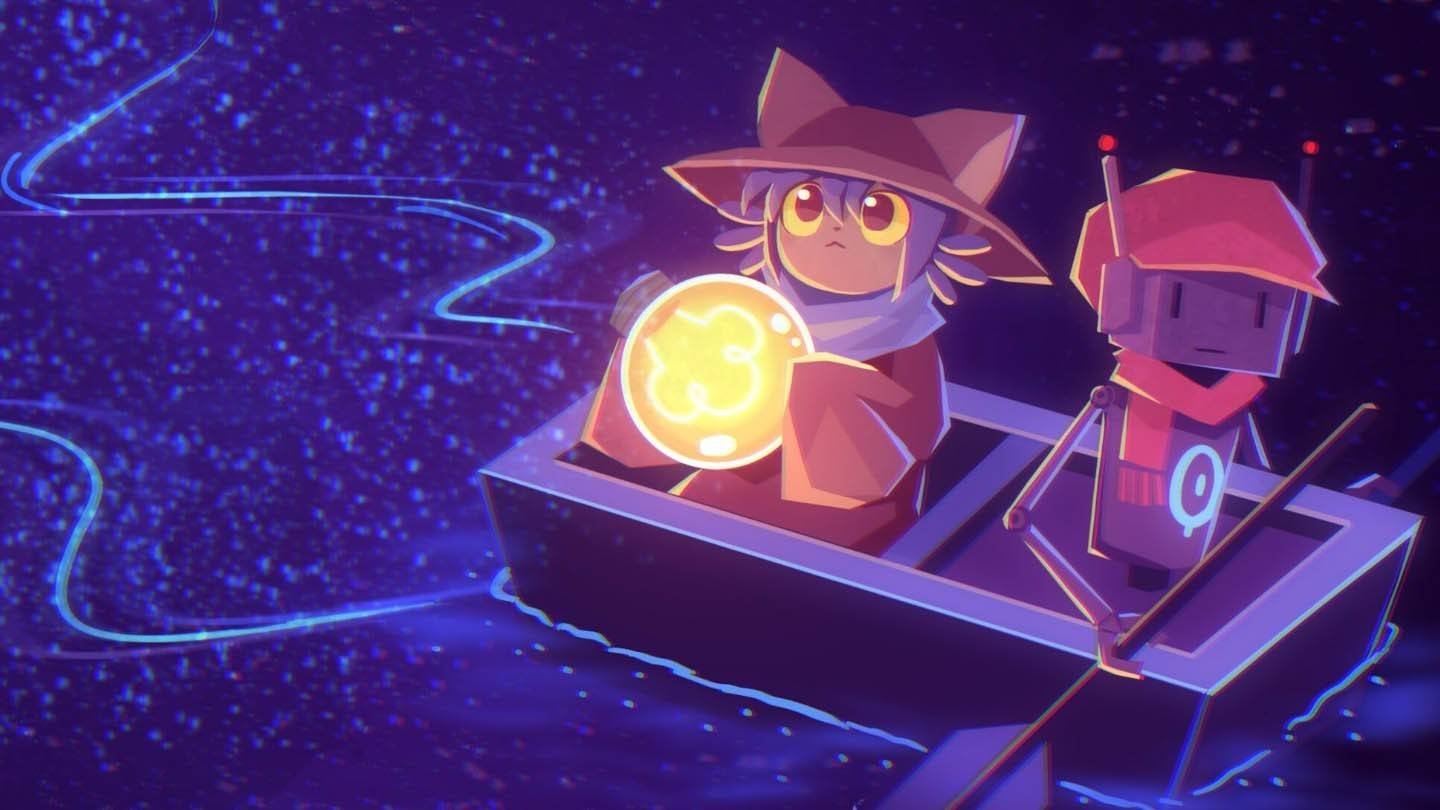
This RPG Maker adventure pushes the boundaries of player interaction even further. While not marketed as horror, it incorporates unsettling moments. The game directly addresses the player through system windows, creates files, and modifies its own title, all crucial to gameplay. Unlike DDLC, OneShot fully integrates these interactive elements, creating a truly memorable experience.
IMSCARED

IMSCARED is arguably the pinnacle of meta-horror. It's a game that considers itself less a game and more a self-aware entity, a virus interacting with the player. This concept drives the entire experience, manipulating the player through crashes, window minimization, cursor control, and file creation/deletion.
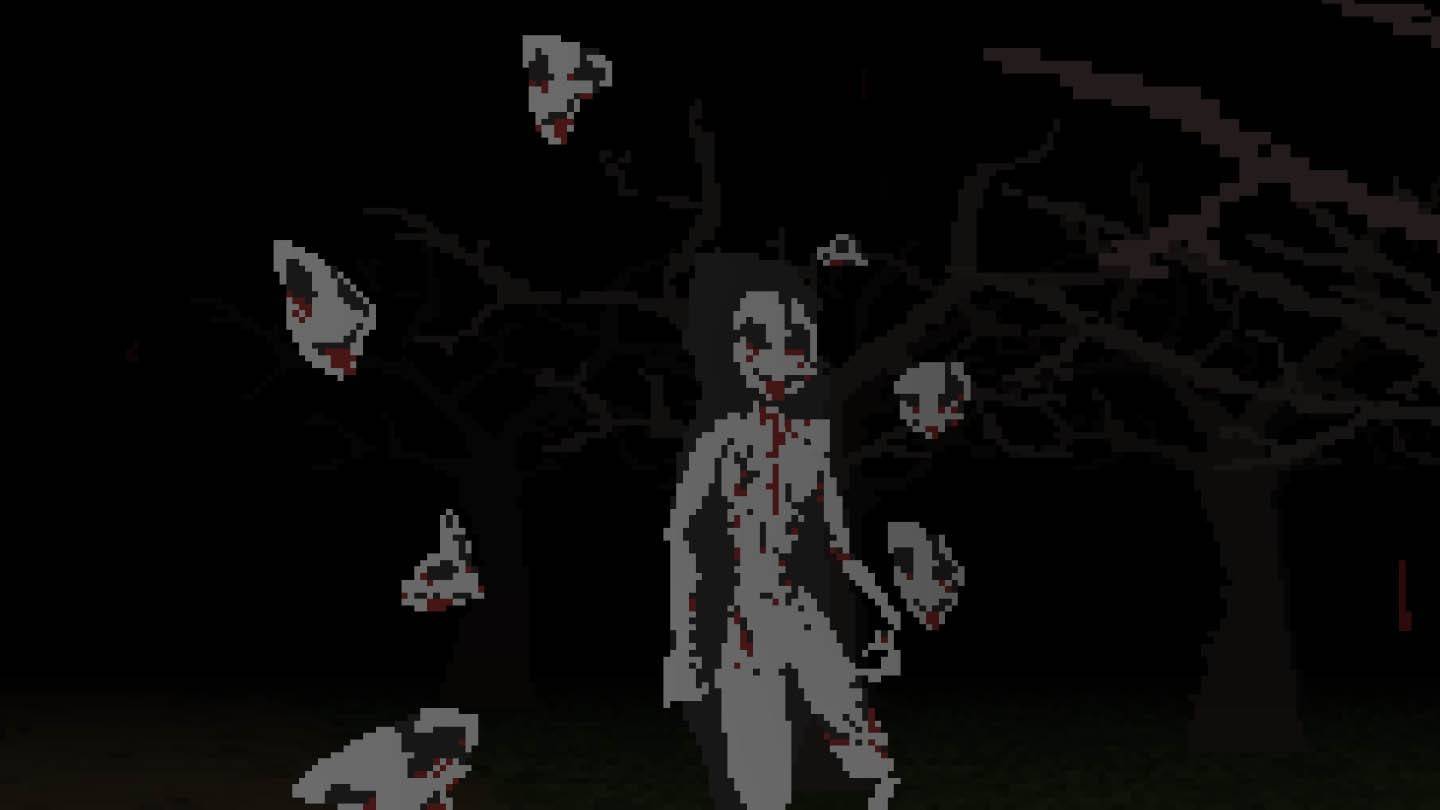
While some might consider such games "viruses," reputable meta-horror games are not malicious. However, caution is advised; always be wary of programs masquerading as games. IMSCARED, released in 2012 and updated since, remains a chilling experience, terrifying not just through visuals but through its direct manipulation of the player's system.
Conclusion
Many games utilize similar techniques, but few master them as effectively as those mentioned. Meta-horror provides a unique and unsettling gaming experience. If you're looking for something beyond traditional horror, I highly recommend exploring at least one of these titles. If visual novels aren't your preference, OneShot or IMSCARED offer compelling alternatives. For those who enjoy unpredictable gameplay and a sense of survival, Voices of the Void is another intriguing option.
-
Victory Banner emerges as an innovative World War II experience blending real-time strategy with third-person shooter elements. This PC-exclusive title allows players to fluidly transition between commanding troops from a tactical overhead view to peAuthor : Mia Dec 17,2025
-
The PC version of Rise of the Ronin is now available, but does it bring any new features or improvements? Continue reading to learn about the PC port's performance and how well it runs.← Return to the main Rise of the Ronin articleRise of the Ronin PAuthor : Hazel Dec 17,2025
-
 Claras Love HotelDownload
Claras Love HotelDownload -
 Neon SplashDownload
Neon SplashDownload -
 Guess the Word. Word GamesDownload
Guess the Word. Word GamesDownload -
 The Ball Game - Quiz GameDownload
The Ball Game - Quiz GameDownload -
 Mars SurvivorDownload
Mars SurvivorDownload -
 Let's do it! Gal-chan ~Fix your money and grades with sex~Download
Let's do it! Gal-chan ~Fix your money and grades with sex~Download -
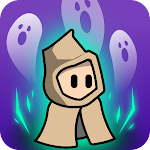 Soul Quest: Epic War RPGDownload
Soul Quest: Epic War RPGDownload -
 |Poppy Playtime| Walkthrough|Download
|Poppy Playtime| Walkthrough|Download -
 Casus Kim - Who's spy?Download
Casus Kim - Who's spy?Download -
 Poker Boss: Texas Holdem OfflineDownload
Poker Boss: Texas Holdem OfflineDownload
- Black Ops 6 Zombies: How To Configure The Summoning Circle Rings on Citadelle Des Morts
- Harvest Moon: Lost Valley DLC and Preorder Details Revealed
- Roblox: Latest DOORS Codes Released!
- Silent Hill 2 Remake Coming to Xbox and Switch in 2025
- Roblox: Blox Fruits Codes (January 2025)
- Roblox: Freeze for UGC Codes (January 2025)



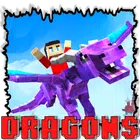
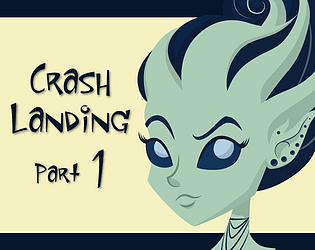



![Taffy Tales [v1.07.3a]](https://imgs.ehr99.com/uploads/32/1719554710667e529623764.jpg)


